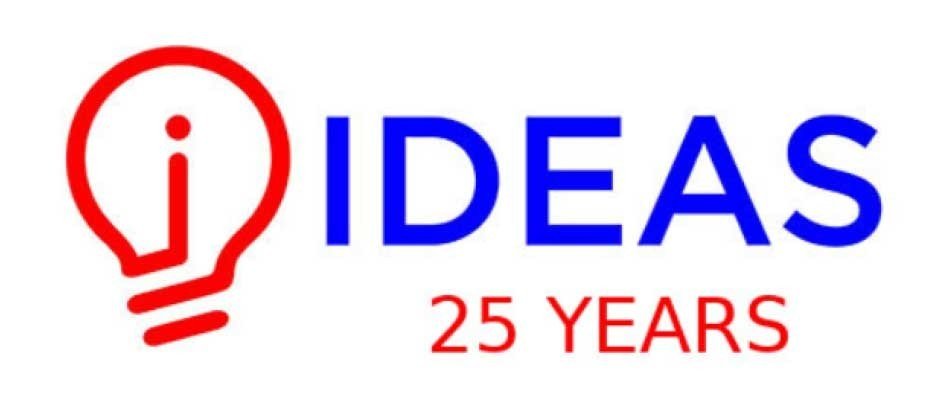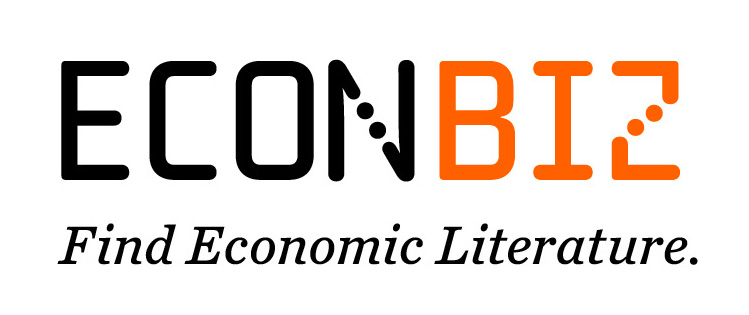| ISSN | 2615-9813 |
| ISSN (số cũ) | 1859-3682 |
Số 229 | Tháng 4/2025
Tác động của chuyển đổi số và đa dạng hóa thu nhập có điều chỉnh rủi ro đến hiệu quả sử dụng nguồn nhân lực tại các ngân hàng thương mại Việt Nam
Nguyễn Thị Quỳnh Châu
Tóm tắt:
Bài viết này nghiên cứu tác động của chuyển đổi số (CĐS) và đa dạng hóa thu nhập (ĐDHTN) có điều chỉnh rủi ro đến hiệu quả sử dụng nguồn nhân lực tại 28 ngân hàng thương mại (NHTM) Việt Nam trong giai đoạn 2019–2023. Dựa trên mô hình dữ liệu bảng và phương pháp hồi quy tác động cố định (FEM) được lựa chọn thông qua kiểm định Hausman, kết quả cho thấy CĐS có ảnh hưởng cùng chiều và có ý nghĩa thống kê đến hiệu quả nhân lực. Cụ thể, đầu tư vào công nghệ số góp phần tối ưu hóa quy trình làm việc, nâng cao năng suất lao động và cải thiện năng lực quản trị nhân sự. Trong khi đó, tác động của ĐDHTN đến hiệu quả nhân lực không rõ ràng, phụ thuộc nhiều vào năng lực kiểm soát rủi ro và cách thức triển khai chiến lược tại từng ngân hàng. Từ đó, nghiên cứu đề xuất các ngân hàng cần tiếp tục đẩy mạnh ứng dụng công nghệ số, đồng thời xây dựng chiến lược quản trị rủi ro hiệu quả để nâng cao hiệu suất nhân sự và duy trì lợi thế cạnh tranh.
Tài liệu tham khảo:
- Barley, S. R. (1990). The alignment of technology and structure through roles and networks. Administrative science quarterly, 61-103. doi:https://doi.org/10.2307/2393551.
- Becker, G. S. (2009). Human capital: A theoretical and empirical analysis, with special reference to education: University of Chicago press.
- Berger, A. N., Hasan, I. & Zhou, M. (2010). The effects of focus versus diversification on bank performance: Evidence from Chinese banks. Journal of Banking Finance, 34(7), 1417-1435. doi:https://doi.org/10.1016/j.jbankfin.2010.01.010.
- Bharadwaj, A., El Sawy, O. A., Pavlou, P. A. & Venkatraman, N. v. (2013). Digital business strategy: toward a next generation of insights. MIS quarterly, 471-482.
- Brynjolfsson, E., McAfee, A. & Spence, M. J. F. A. (2014). New world order: labor, capital, and ideas in the power law economy. 93(4), 44-53.
- Chung, H. T. T., Le Hoang, T. & Tam, P. T. (2022). Solutions for improving human resource management at commercial banks based on the digital economy. Journal of Hunan University Natural Sciences, 49(4). doi:https://doi.org/10.55463/issn.1674-2974.49.4.45.
- Demirgüç-Kunt, A. & Huizinga, H. (2010). Bank activity and funding strategies: The impact on risk and returns. Journal of financial economics, 98(3), 626-650. doi:https://doi.org/10.1016/j.jfineco.2010.06.004.
- DeYoung, R. & Rice, T. (2004). Noninterest income and financial performance at US commercial banks. Financial review, 39(1), 101-127. doi:https://doi.org/10.1111/j.0732-8516.2004.00069.x.
- Elsas, R., Hackethal, A. & Holzhäuser, M. (2010). The anatomy of bank diversification. Journal of Banking Finance, 34(6), 1274-1287. doi:https://doi.org/10.1016/j.jbankfin.2009.11.024.
- Ghosh, S. (2021). Bank performance, ownership and stability: Does technology spending matter? Journal of Banking Financial Technology, 5(2), 117-133. doi:https://doi.org/10.1007/s42786-021-00034-5
- Hausman, J. A. (1978). Specification tests in econometrics. Econometrica: Journal of the econometric society, 1251-1271. doi:https://doi.org/10.2307/1913827.
- Huselid, M. A. (1995). The impact of human resource management practices on turnover, productivity, and corporate financial performance. Academy of management journal, 38(3), 635-672. doi:https://doi.org/10.5465/256741.
- Laeven, L. & Levine, R. (2009). Bank governance, regulation and risk taking. Journal of financial economics, 93(2), 259-275. doi:https://doi.org/10.1016/j.jfineco.2008.09.003.
- Lê Đình Luân, Nguyễn Thị Như Quỳnh & Tạ Thu Hồng Nhung (2021). Tác động của đa dạng hóa thu nhập đến ổn định tài chính: Nghiên cứu trường hợp các NHTM Việt Nam. Tạp Chí Kinh Tế và Ngân Hàng Châu Á, 185 tháng 8.
- Lê Thanh Ngọc (2021). Ảnh hưởng của chuyển đổi số đến hiệu quả hoạt động của các NHTM: Bằng chứng từ Việt Nam. Tạp chí Kinh tế và Ngân hàng châu Á, 183 tháng 6.
- Markowitz, H. (1952). The utility of wealth. Journal of political Economy, 60(2), 151-158.
- Meslier, C., Tacneng, R. & Tarazi, A. (2014). Is bank income diversification beneficial? Evidence from an emerging economy. Journal of International Financial Markets, Institutions and Money, 31, 97-126. doi:https://doi.org/10.1016/j.intfin.2014.03.007.
- Orlikowski, W. J. (1992). The duality of technology: Rethinking the concept of technology in organizations. Organization science, 3(3), 398-427. doi:https://doi.org/10.1287/orsc.3.3.398.
- Pulic, A. (2000). VAIC™–an accounting tool for IC management. International Journal of technology management, 20(5-8), 702-714.
- Schumpeter, J. A. & Swedberg, R. (2021). The theory of economic development: Routledge.
- Stiroh, K. J. (2004). Diversification in banking: Is noninterest income the answer? Journal of money, Credit Banking, 853-882.
- Tạ Thu Hồng Nhung & Nguyễn Mạnh Hùng (2021). Chuyển đổi số của các NHTM Việt Nam trong giai đoạn hiện nay. Tạp chí Kinh tế và Ngân hàng châu Á, 183 tháng 6.
- Vial, G. (2019). Understanding digital transformation: A review and a research agenda. Journal of Strategic Information Systems, 28(2), 118-144. doi:https://doi.org/10.1016/j.jsis.2019.01.003.
- Westerman, G., Bonnet, D. & McAfee, A. (2014). Leading digital: Turning technology into business transformation: Harvard Business Press.
- Xu, J. & Liu, F. (2020). The impact of intellectual capital on firm performance: A modified and extended VAIC model. Journal of Competitiveness(1). doi:https://doi.org/10.7441/joc.2020.01.10.
Impact of Digital Transformation and Risk-Adjusted Income Diversification on Human Resource Efficiency at Vietnamese Commercial Banks
Abstract:
This study investigates the impact of digital transformation and risk-adjusted income diversification on human resource efficiency at 28 Vietnamese commercial banks during the period 2019–2023. Utilizing panel data and the fixed effects model (FEM), selected through the Hausman test to ensure model appropriateness, the findings reveal that digital transformation has a positive and statistically significant effect on human resource efficiency. Specifically, investment in digital technologies contributes to optimizing work processes, enhancing labor productivity, and improving human resource management capabilities. In contrast, the effect of income diversification on human resource efficiency remains ambiguous, largely depending on each bank's risk management capacity and strategic implementation. Based on these findings, the study recommends that banks continue to accelerate digital adoption while simultaneously developing effective risk management strategies to enhance workforce performance and maintain competitive advantage in an increasingly digitalized environment.







